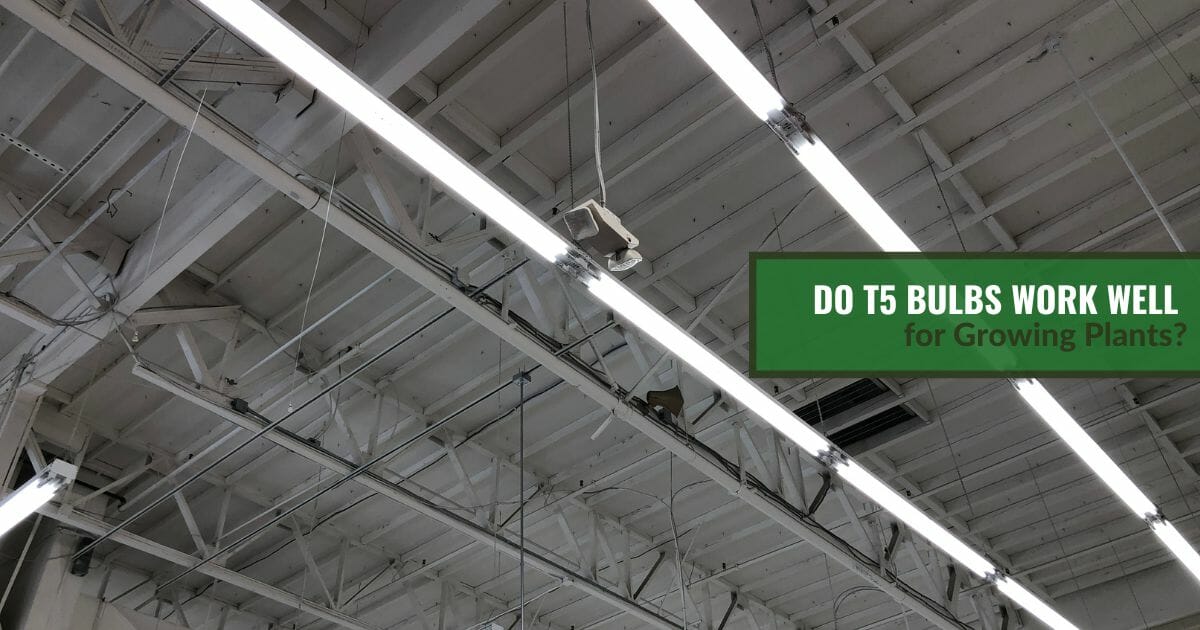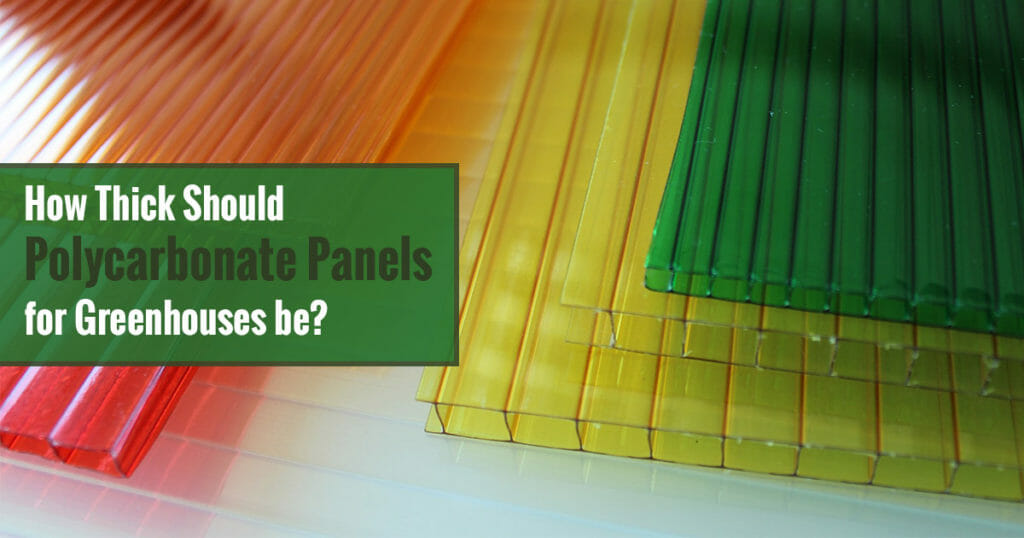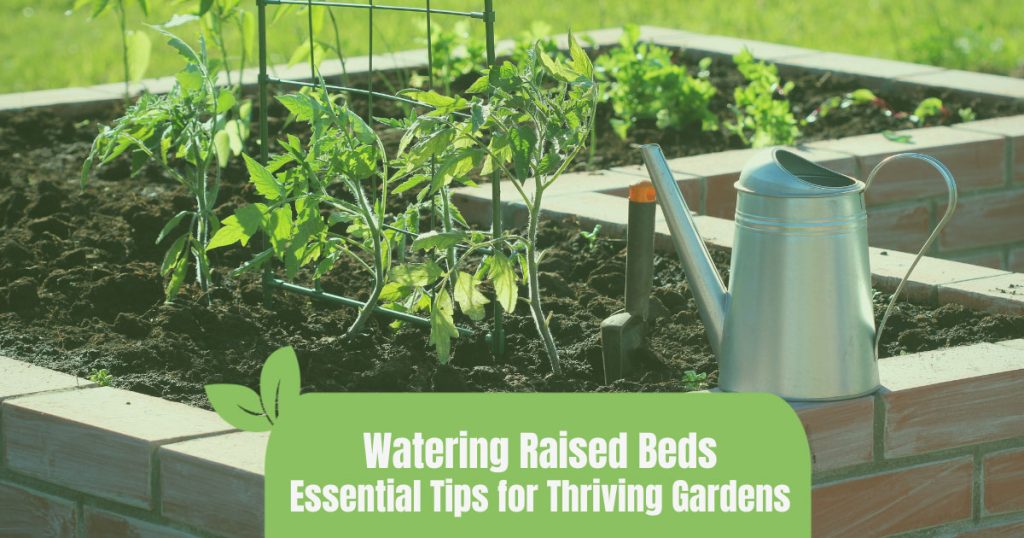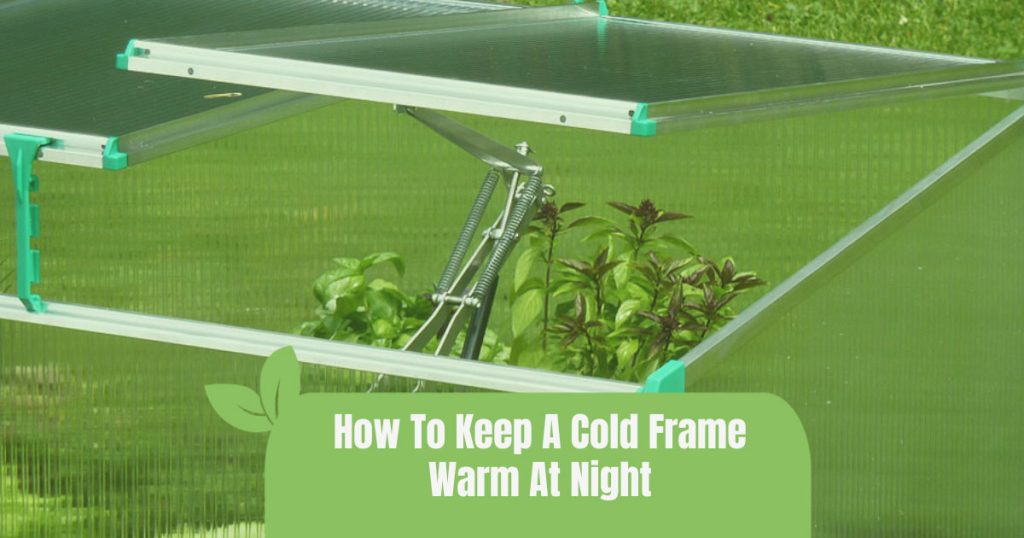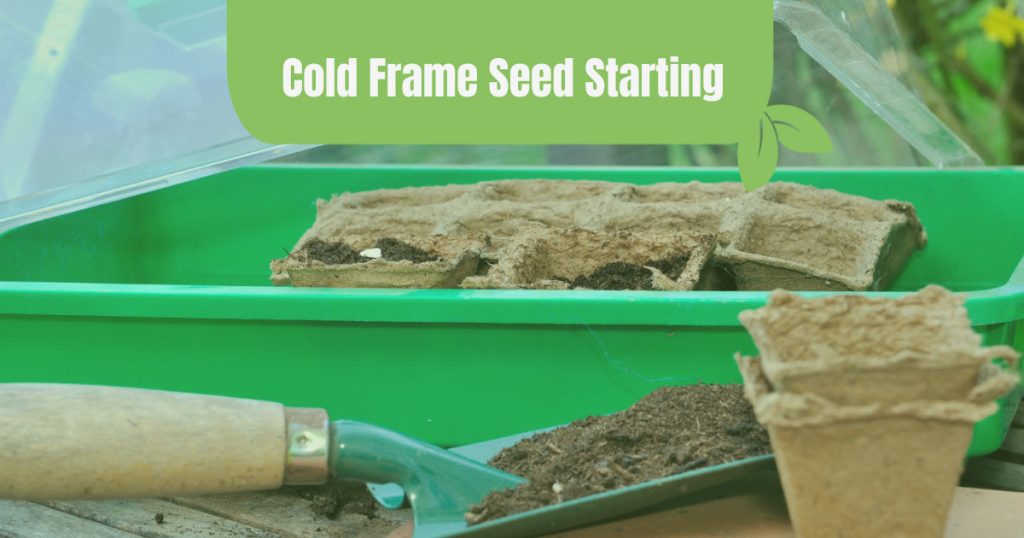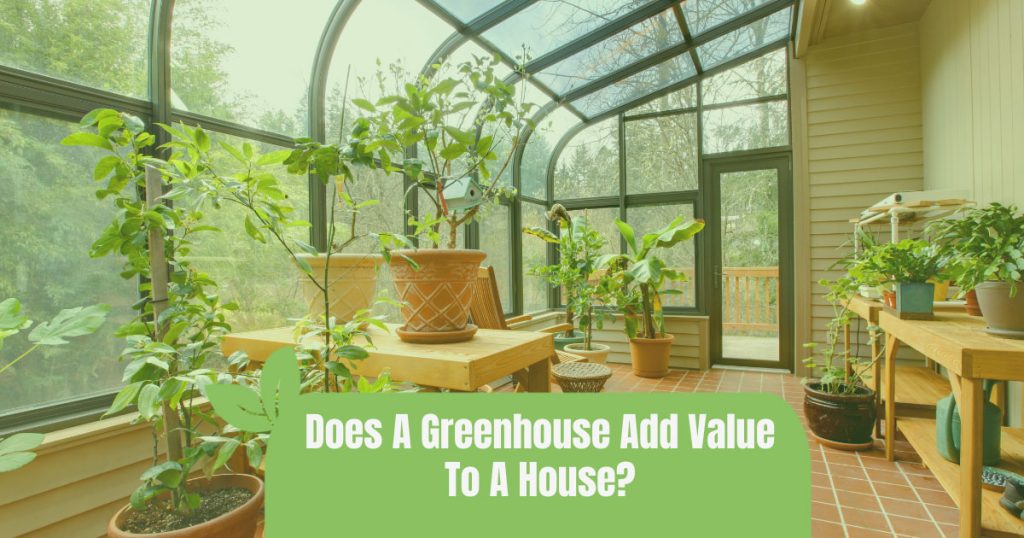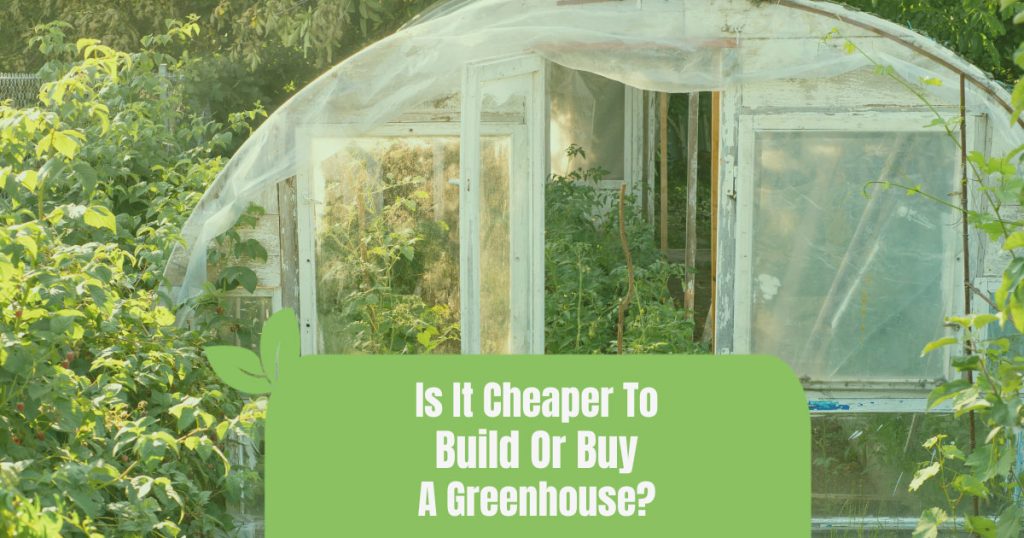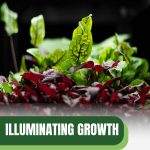
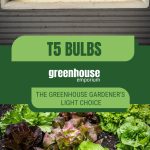
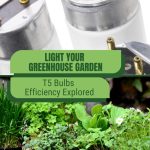

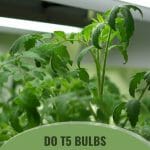
We know that it can be difficult to figure out which type of grow light works best for growing your plants indoors or in your greenhouse. So, we’re going to look at one of the most popular types of grow lights on the market, the T5 bulb, and help you determine if it’s a good fit for your setup.
T5 bulbs work exceptionally well for growing plants through all stages of life because they have strong light distribution and give off minimal heat. They’re also efficient, cost-effective, durable, and long-lasting, so not only will they keep your plants thriving, but they won’t drain your bank account.
How do T5 bulbs hold up in a comparison with LED grow lights? Let’s take a closer look!
What are T5 bulbs?
T5 bulbs are full-spectrum fluorescent lights that are popular in indoor and greenhouse growing due to their efficiency and durability. You’ll probably recognize them from their usage in commercial and industrial settings, such as schools and warehouses.

They get their name from their sizing: “T” describes the tubular shape of the bulb, and 5 refers to its size: 5/8″ in diameter. Older generations of fluorescent lights include T8 and T12. T8 bulbs are 8/8” or 1” in diameter, while T12 bulbs are 12/8” or 1 1/2” in diameter.
Benefits of growing with T5 lights in your greenhouse
There are quite a few reasons why T5 bulbs are such a popular solution for greenhouse growers:
First, T5 bulbs are incredibly efficient. On average, T5 bulbs output 100 lumens per watt, compared to 80 lm/W and 70 lm/W for the older generation T8 and T12 bulbs. For reference, incandescent light bulbs on average produce only 14 lumens per watt! If you’re looking to keep your energy costs low, T5 grow lights are an excellent option.
T5 bulbs also don’t give off much heat. This means you can place them closer to your plants without burning them, allowing for more light distribution. Their low heat output also means you can save on expensive cooling mechanisms, such as added greenhouse ventilation or exhaust fans.
These lights also have a long lifespan and produce the same light output throughout the entirety of that lifespan. In other words, the lights won’t dim over time, but rather maintain that 100 lumens per watt output until they’re burnt out, or after about 24,000 hours of usage.
T5 bulbs versus T8 and T12 bulbs
T5 bulbs have long surpassed other types of fluorescent lighting, including T8 and T12 bulbs. The most obvious difference between the three types of bulbs is their size. While the numerical values might lead you to believe that the higher the number, the better the light, this isn’t the case with fluorescent lighting.
T8 bulbs have an output of approximately 80 lumens per watt, and they’re significantly inferior when it comes to coverage.
Meanwhile, T12 bulbs have been phased out of the US market entirely since 2012 due to their inefficiency. Similar phaseouts are rolling out for other fluorescent lights, particularly CFL’s, in favor of more efficient solutions. At the moment, T5 bulbs are the most efficient type of fluorescent lighting available, and therefore a great solution for greenhouse growing.
Are different light levels needed for different plant stages?
While many consider T5 grow lights one of the best lighting solutions for propagation in particular, they’re very versatile and can be used for plants at all stages. In addition, they’re full-spectrum lights, so they’re great all-around lights even for flowering and fruiting plants.
Depending on the brand of T5 grow light that you purchase, you may find that some offer additional settings to adjust the intensity for more precise benefits, such as high output or low output. Changing these settings will give you more control so you can adapt your lighting to the needs of your plants, whether they’re small seedlings or mature flowering plants.

How far should your T5 grow light be away from the plant canopy?
Determining how close your T5 bulb should be to your plant canopy depends on the type of plant that you are growing. Fortunately, T5 bulbs emit virtually no heat, so you can keep them closer to your plants than most other grow lights, including LED’s which don’t give off heat but have a higher light intensity.
Some plants, particularly young seedlings, can be more sensitive to light and may suffer if your lights are too close to the canopy. So while you can place your T5 fluorescent lights as close as 2-6″ away from the plant canopy, in most cases, keeping your T5 lights about 6-8” or even up to 12” away from the plant canopy is a better option.
Of course, any time you introduce new light to your greenhouse, introduce it gradually and monitor your plants closely for signs of stress. If your plants appear leggy, they may require more light, either by moving the light closer to the canopy or increasing the time that the lights are on throughout the day.
Are T5 bulbs cost-effective?
Fluorescent lights are particularly efficient when converting electrical energy into light energy. T5 lights are therefore an efficient and cost-effective solution for supplementing greenhouse plants with artificial light.
Other types of fluorescent bulbs, such as T8 and T12 lights, are less efficient and are not commonly used in greenhouse growing.
Dollar for dollar, how much your T5 grow lights will cost you monthly or annually will depend on a few factors:
First, the length of the T5 ballast can impact your overall cost, as well as how many panels you install in your greenhouse. Not only that, but the amount of usage per day and how many months you run your grow lights each year directly correlates to electricity usage and cost.
That said, grow lights will consume electricity no matter which type of bulb is used. Fortunately, fluorescent lights are energy-efficient especially compared to incandescent bulbs. It’s also important to consider that they’ll last on average 24,000 hours, and given that they’re relatively cheap to purchase, you’ll save money in the long run by not having to replace them frequently.
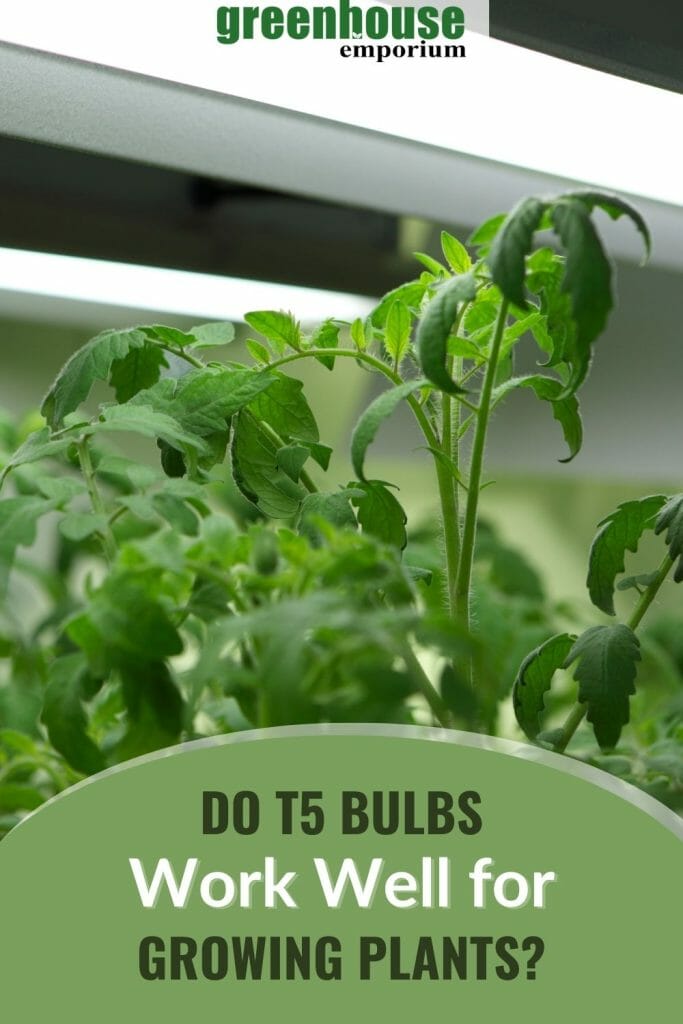
Are T5 bulbs easy to buy?
You can easily purchase T5 bulbs as they’re readily available online and in hardware stores. In addition, since they’re a popular choice for grow lights, it’s best to look for set-ups that have been designed specifically for use in greenhouse growing.
You might even find them at your local garden supply store, but for more options you’ll want to first check online.
Keep in mind that fluorescent T5 grow lights require a compatible ballast, which can be mounted on chains to easily lower or raise the lights as needed. Ballasts can come in different lengths and accommodate anywhere from 1 to 8 lamps. A common T5 grow light configuration is 2 ft long with 4 lamps.
How long do T5 bulbs last?
T5 bulbs can last well over 20,000 hours. For example, if you have your grow lights running for 12 hours each day from October to the end of April (approximately 211 days), you’ll be running your grow lights for 2,532 hours. This means you can easily get several seasons out of your T5 grow lights.
More importantly, T5 bulbs don’t degrade over time and remain equally as strong as when you first installed them, unlike incandescent bulbs which fade over time.
T5 grow lights vs LED lights
The recent popularity of LED lights has led many to compare the two since they check many of the same boxes. LED (light emitting diode) lights are incredibly energy efficient and are becoming increasingly more affordable and available.
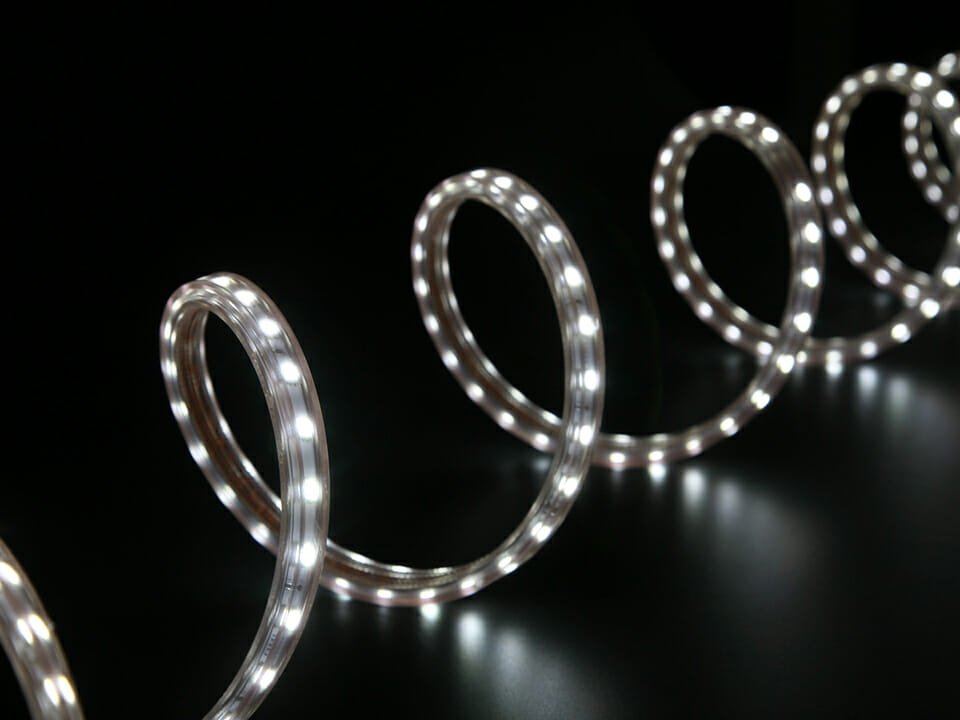
Which is better: T5 or LED lights?
While both T5 grow lights and LED grow lights are efficient and effective, there are some differences between the two, which you should consider before making your decision:
When it comes to LED lighting, make sure that you choose a full-spectrum LED, typically a white-colored light. Different light wavelengths are better suited for different growing needs. For example, flowering plants prefer different color spectrums than seedings or leafy greens. A full-spectrum LED light can meet all of these needs.
As of today, LED lights are usually more expensive upfront, especially if you’re looking to cover a larger space. This may change over time, but depending on the space you need to be covered and your budget, this can pose a significant investment. However, LED lights do last longer than T5 bulbs, so they may save you money in the long run.
However, it’s important to note that LED lights will degrade over time, becoming dimmer with age. This is known as lumen depreciation. So while LEDs have the potential to last over 50,000 hours, they may be less effective after a certain point, which could impact your plants.
On the other hand, T5 bulbs are easy and inexpensive to replace, and they don’t experience lumen degradation over their lifespan.
Ultimately, the type of grow light that you choose for your greenhouse depends on your budget and what works best for your setup. T5 grow lights are certainly a great choice that many growers return to time and time again for their greenhouse lighting needs.

